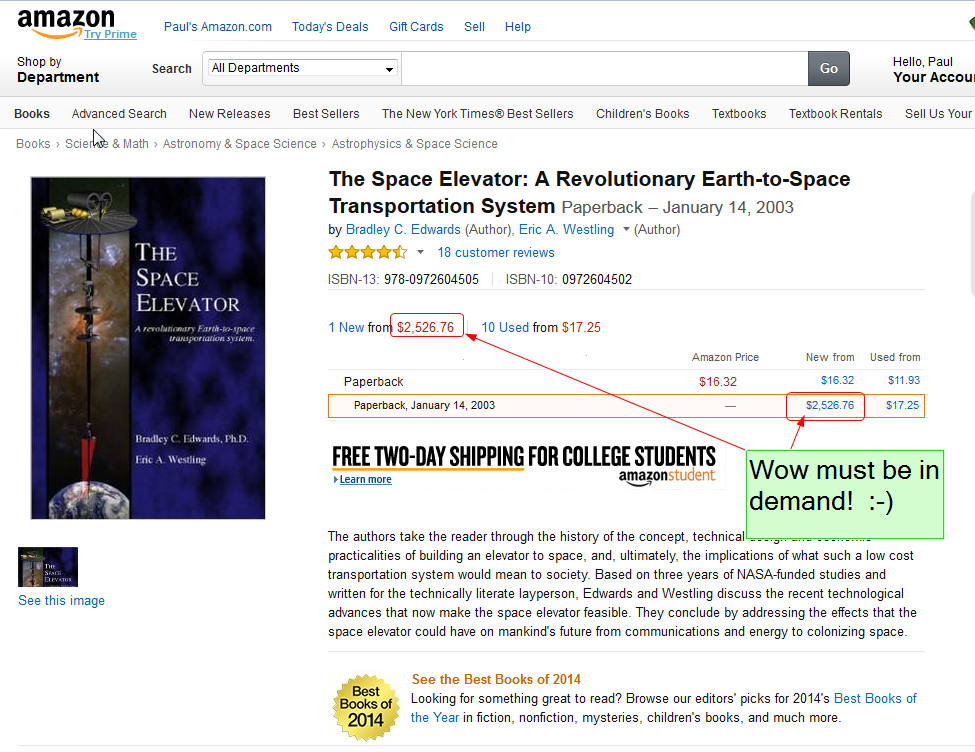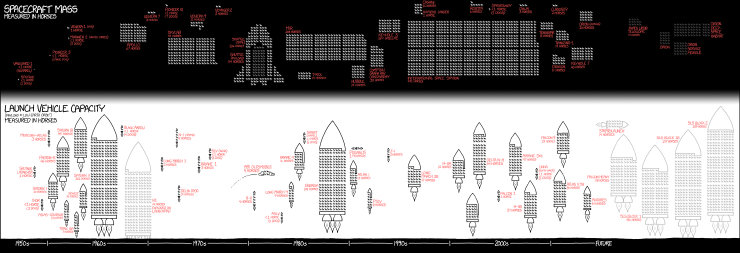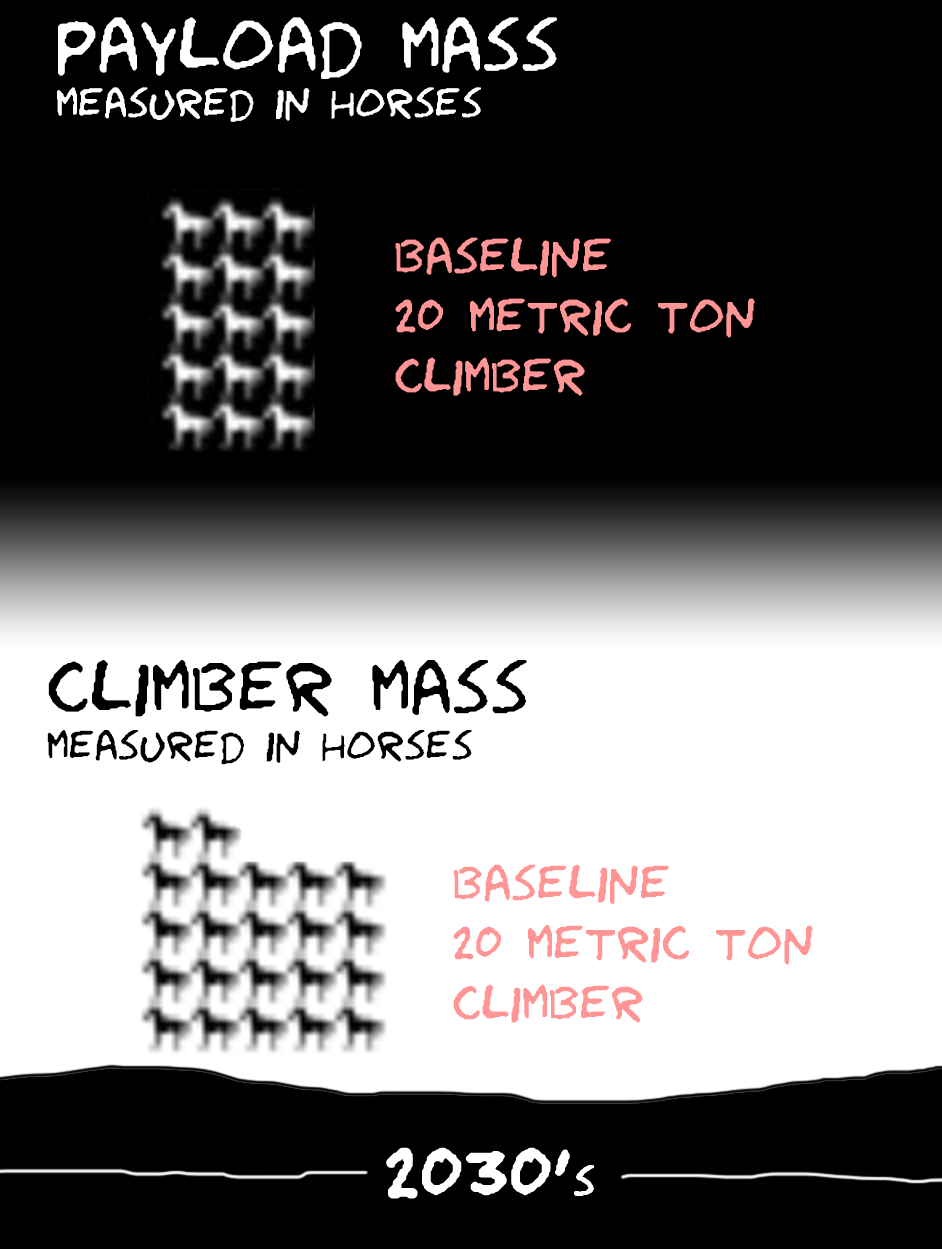 Today marks nine full years that I’ve been hosting and authoring the Space Elevator Blog and I’m going to call it quits, at least for the time being. I have several other projects on my plate and I’m not getting any younger…
Today marks nine full years that I’ve been hosting and authoring the Space Elevator Blog and I’m going to call it quits, at least for the time being. I have several other projects on my plate and I’m not getting any younger…
Being a part of the effort to promote the idea of a space elevator over the past nine years has been fun and interesting and full of highlights with my being a part of the Space Elevator Games topping the list. This competition was held over several years and in several venues and was a joy to participate in. Spending several days at the NASA Dryden Flight Research Center (now known as the Armstrong Flight Research Center) with NASA personnel and all the contestants for the 2009 Space Elevator Games was beyond awesome and I want to thank Ben Shelef, the Spaceward Foundation and, of course, NASA for allowing me to be a part of it. It was truly special. A close number two was the formation of the International Space Elevator Consortium (ISEC), an organization that I was very proud to be the president of for four years.
What is the status of an earth-based space elevator? In the most important area, tether strength, we’re still where we were nine years ago. No one has produced a tether from new materials that matches, let alone exceeds, tethers made from conventional materials and until that happens, an earth-based space elevator remains a pipe-dream. But research continues, and perhaps someday material like this will become a reality. If and when it does, then perhaps I’ll restart this blog. I still love the idea of a space elevator, but the reality is that right now (and for the foreseeable future), it’s just not possible to build one…
Two groups still continue to press forward with this idea however, the aforementioned International Space Elevator Consortium (ISEC) and the Japan Space Elevator Association (JSEA). ISEC, under the current leadership of Dr. Peter Swan, is in very capable hands. While they are not working with the materials science necessary to make a super-strong tether, they continue to investigate other areas in order to, in the very appropriate phrase from Ben Shelef, “increase our understanding of the space elevator“.
If you are interested in keeping up with developments in this arena, you can visit the ISEC web page, “Like” their Facebook page or follow them on Twitter.
So, goodbye for now and thanks for reading!

 TwistedMojo has a new episode out in the
TwistedMojo has a new episode out in the 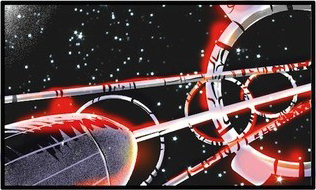
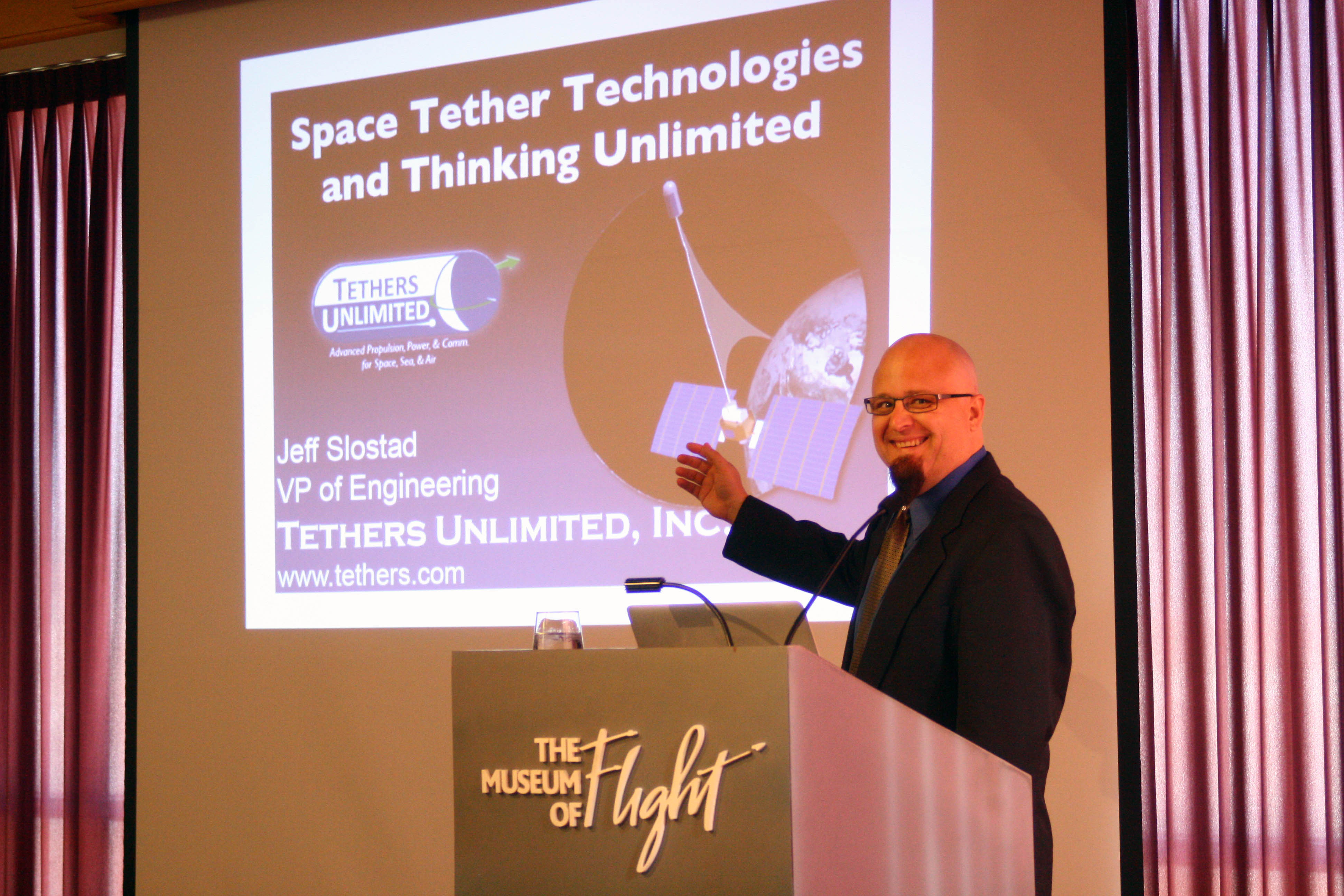
 Welcome to this edition of Weekend Walkabout. In this post, we visit
Welcome to this edition of Weekend Walkabout. In this post, we visit 